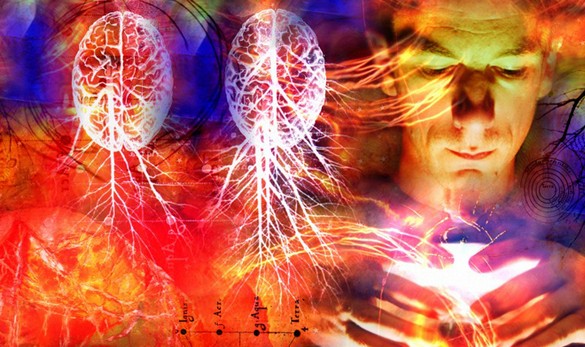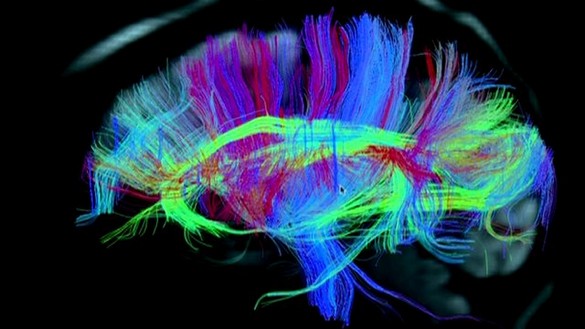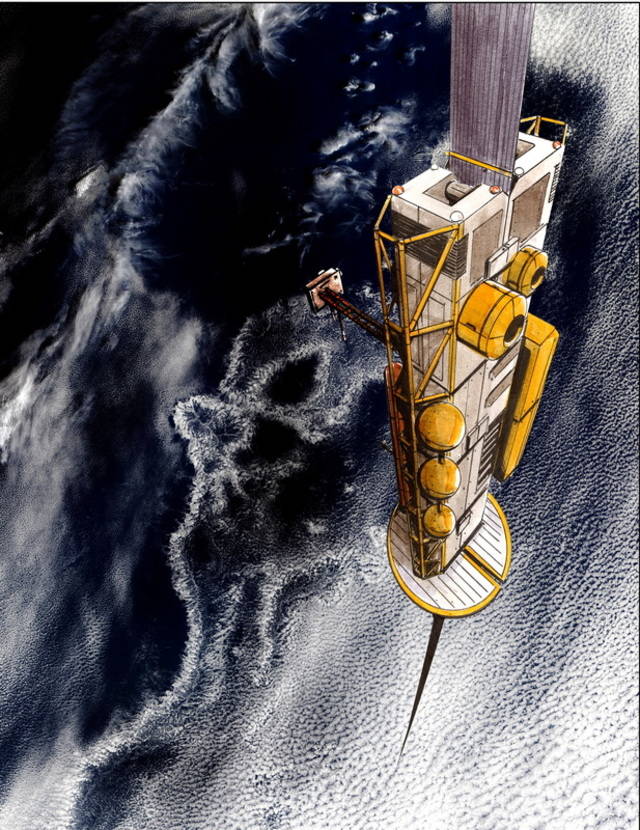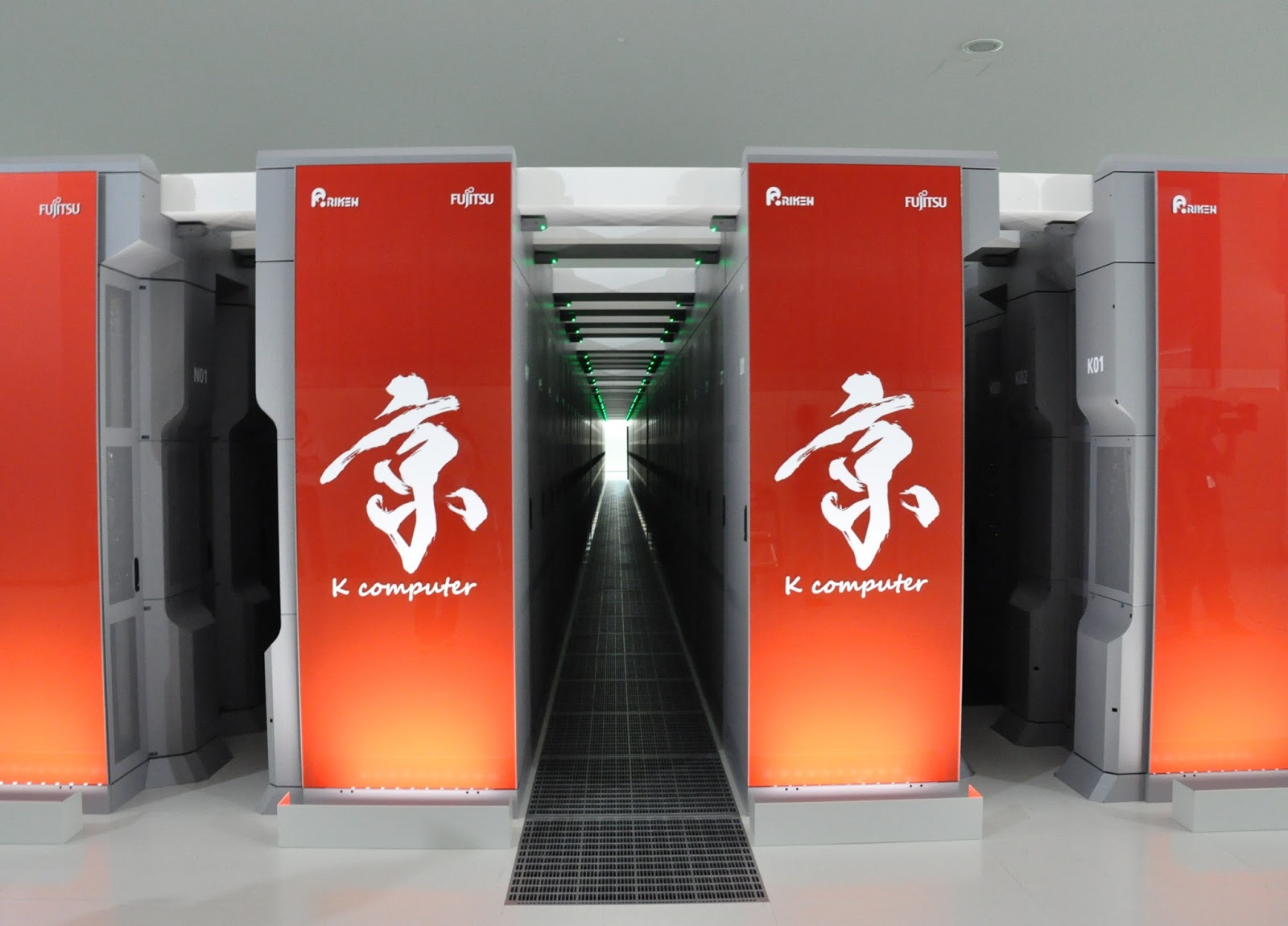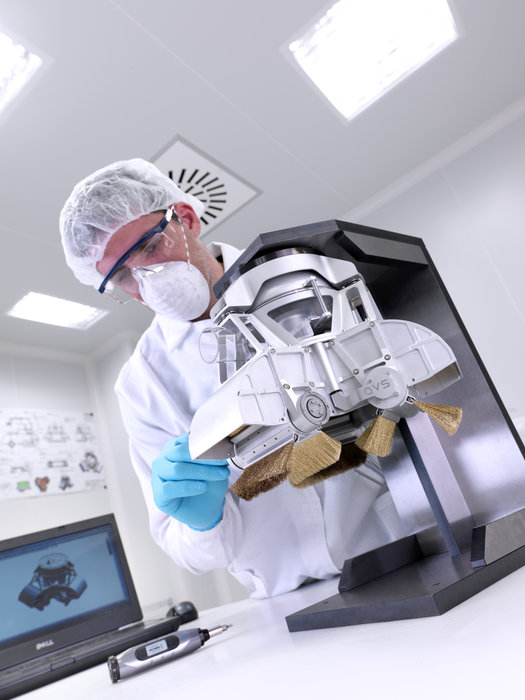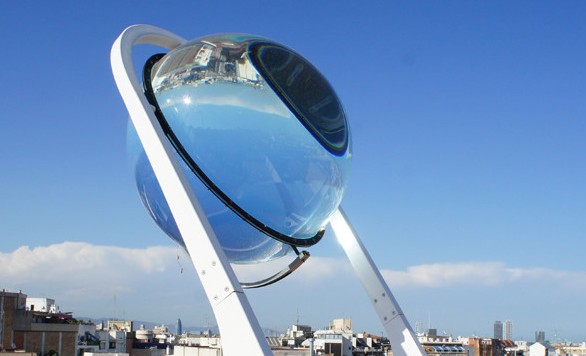A team of researchers, from the ATR Computational Neuroscience Laboratories, in Kyoto, Japan, have been performing MRI scans while people drift into early stages of sleep. According to this group, they may have found a way to interpret the MRI reads into the actual visions and experiences our subconscious puts us through while we’re sleeping.
After participants have fallen asleep, they are awoken and put through a series of questions asked about what they have seen. Each tiny mental image — from bronze statues to ice picks — is recounted and recorded, and the entire process repeated 200 times for each participant.
By mapping the activity of the brain and comparing it with the “dream-retelling” of the research subjects, the scientists created a database of visual images to link with the brain activity, which can be grouped together into similar visual categories.
From there, the scientists were able to analyse brain activity while participants slept, and attempt to predict what they were dreaming about. The results showed they were able to predict what volunteers were seeing — at least at the broad broad category level — with 60 per cent accuracy. According to one of the researchers, we were able to reveal dream content from brain activity during sleep, which was consistent with the subjects’ verbal reports. I had a strong belief that dream decoding should be possible at least for particular aspects of dreaming… I was not very surprised by the results, but excited.
This isn’t the only interesting research work being done at the moment in regards of our “after-hours” activities as other scientists are trying to make what we see in the movie Inception come to life, trying to make advancements in the field of social dreaming.

